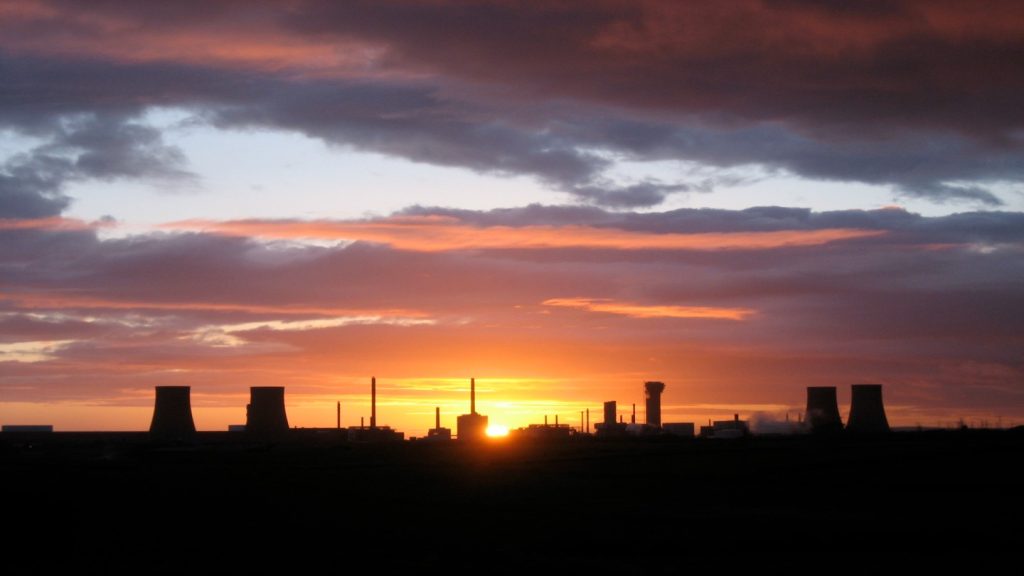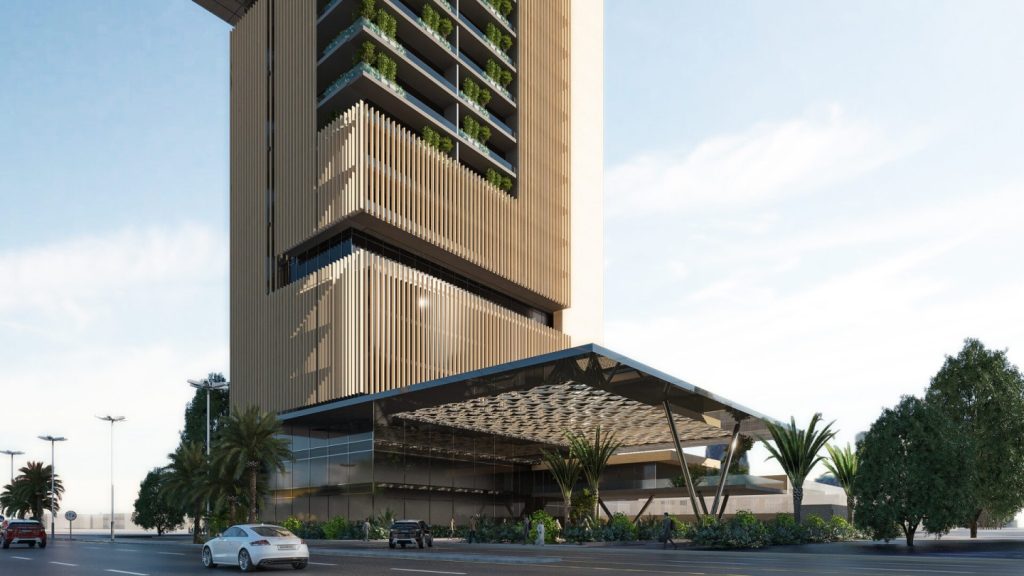Despite the recovery from the pandemic being more visible in 2021, economic prospects across much of the world remain uncertain. In order to limit the long-term economic damage inflicted by the pandemic, public infrastructure investment will play an important role in this recovery process. Infrastructure investment generates a significant multiplier effect, the proportionate change in real GDP relative to a change in aggregate spending, thereby incentivising an increase in public expenditure. However, financing this investment will be significantly easier for some nations than for others, with policy responses in 2020 to limit the economic damage of the pandemic leading to a tightening of fiscal space and growing debt levels across the region.
Given the increased focus on infrastructure investment as a potential path to generate growth momentum to offset the impact of the Covid-19 crisis on economic activity, GlobalData has assessed the potential for governments to succeed with such efforts. In order to assess the potential and the impact of an acceleration in infrastructure construction. GlobalData has reviewed five key factors across all major markets:
- Pipeline Size: This is an assessment of the size of the project pipeline of all public and public-private funded infrastructure projects (including roads, railways, airports, ports, power plants and water and sewage utilities) at all stages from announcement through to execution. A comparison of this pipeline value to a country’s GDP provides an indication of the extent to which an acceleration in investment could impact the economy.
- Pipeline Opportunities: It is necessary for the pipeline of projects to be sufficiently advanced to enable works to be ramped up, or for the final approvals and awards to be completed post-haste. In colloquial terms, there needs to be a pipeline of ‘shovel ready’ projects rather than a high proportion of projects still in the early planning stages and facing a bottleneck in terms of advancement.
- Political Momentum: The potential to accelerate investment in infrastructure projects will be relatively good in countries where the incumbent administration has already laid out a long-term investment programme and is in a strong position to follow through on its policy agenda during this crisis period.
- Fiscal Position: With interest rates falling to record lows, borrowing costs will be at a minimum, making it a relatively cost-effective period for governments to push ahead with investments. However, the scope for governments to spend heavily on infrastructure will be dependent in part on their current financial standing. With most government prioritising direct support to businesses and households, their capability to invest in the infrastructure segment is likely to be constrained, especially in countries with high debts.
- Economic Growth: Few economies managed to grow in 2020 and the recovery periods will vary. Those who have a shorter time horizon to recover Covid-19 losses will provide a more conducive environment for the public sector to drive through an investment agenda.
Of the 70 markets assessed, only Australia is considered to have ‘very good’ prospects for accelerating infrastructure investment, with a further 26 having ‘good’ prospects. Those considered to have ‘moderate’ prospects amount to 31, with nine having ‘weak’ prospects and three markets having ‘very weak’ prospects.
How well do you really know your competitors?
Access the most comprehensive Company Profiles on the market, powered by GlobalData. Save hours of research. Gain competitive edge.

Thank you!
Your download email will arrive shortly
Not ready to buy yet? Download a free sample
We are confident about the unique quality of our Company Profiles. However, we want you to make the most beneficial decision for your business, so we offer a free sample that you can download by submitting the below form
By GlobalDataInfrastructure investment in the Asia Pacific had been substantial prior to the outbreak of the Covid-19 pandemic, with compound annual growth of 5.7% in real infrastructure construction output value between 2014 and 2019, according to GlobalData. Growth in the region was driven primarily by emerging economies, which recorded growth of 7.6% over the period, compared to a growth of 0.3% in advanced economies. Rising incomes, population growth and increasing urbanisation in emerging nations all drove the need to invest in greater and improved infrastructure. However, with the pandemic significantly impacting economies across the region, growth trends diverged in 2020. While growth in real infrastructure output value increased to 10.6% in emerging nations, up from 7.7% in 2019, when excluding China from the cohort this falls to a contraction of 5.9%, down from growth of 4.9% in 2019. In contrast, in advanced economies growth rose to 1.2% in 2020, up from a contraction of 0.4% in 2019. The economic recovery in the region has generally followed the divergent trend seen worldwide, with advanced economies faring significantly better than their emerging neighbours, though outliers exist such as Vietnam. Difficulties in procuring sufficient numbers of vaccines and the slow progress of vaccination programmes, particularly in emerging economies, are likely to lead to some continuation of lockdowns and other restrictions in affected nations in 2021, further hindering the economic recovery. As regional economic performances continue to diverge and the threat of the pandemic persists, the likelihood of economic scarring impacting potential output in those nations struggling to recover will increase.
Ahead of the Covid-19 pandemic, investment in infrastructure construction in Western Europe had been gathering pace, increasing at an average of 3.3% a year on 2018-19, has remained stagnant over the previous few years. Amid the Covid-19 crisis and the severe impact that this has had on economies across the region, governments and public authorities will likely be aiming to advance spending on infrastructure projects to reinvigorate the construction industry and the wider economy. Investment in infrastructure is generally considered to have a high multiplier effect, with the overall increase in economic value being higher than the value of the direct investment itself. According to GlobalData, the public sector is funding around 70% of the overall infrastructure project pipeline in markets in Western Europe, with a further 10% being funded under public-private financing arrangements. This presents governments with the opportunity to accelerate their investments and boost the development of infrastructure. However, given the high cost of various Covid-19 support packages for businesses and households, government finances in the region are likely to be under stress and this could limit the capacity for a renewed effort to accelerate public investment.
Prior to the virus outbreak in 2020, growth in investment in infrastructure construction across Eastern Europe had been volatile, in part owing to fluctuations in funding for key markets. Several markets had been posting double-digit annual growth in 2019, notably Romania, Hungary and Ukraine. However, the virus outbreak has significantly hampered growth momentum across the region which most countries suffering contractions in infrastructure construction growth. EU funds in the form of the $750bn EU recovery funds will provide a significant boost for infrastructure construction across the EU. Given the weak outturn in economic growth in Eastern Europe amid the Covid-19 crisis, government and public authorities will likely be aiming to advance spending on infrastructure projects to reinvigorate the construction industry and the wider economy. Investment in infrastructure is generally considered to have a high multiplier effect, with the overall increase in economic value being higher than the value of the direct investment itself.
Many governments across the Middle East and North Africa (MENA) are attempting to step up investment in infrastructure to support the recovery from Covid-19 disruption and also as part of ambitious strategic plans to promote the private sector, improve connectivity and enhance competitiveness. In MENA, spending of at least 8.2% of GDP will be needed to meet the infrastructure goals by 2030, according to the World Bank, but infrastructure spending over the past decade has averaged just 3% of GDP. Infrastructure financing has come mostly from public sector funds, but government finances have been hit hard by the impact of the Covid-19 pandemic and the slump in oil prices in 2020, creating a requirement for regulatory frameworks and policies to attract greater private investment.
Sub Saharan Africa has significant infrastructure needs, but despite the huge opportunities for investment, funding remains insufficient. Most governments in the region have had to use limited resources to provide Covid-19 support policies. The immediate requirements to deal with both economic and humanitarian crises has generally prevented governments from being able to focus policies on infrastructure investment, but efforts to boost growth will be stepped up. This will be driven by ongoing investment in infrastructure and the expansion of oil production, as well as expansion in the energy sector, in order to achieve sustainable social and economic development milestones.
Infrastructure investment in North America is expected to accelerate in the coming years as both the US and Canada are looking to strengthen their post-pandemic economies and half carbon emissions in the next decades. In the US, President Joe Biden’s administration is expected to pass a multi-trillion infrastructure bill in the coming months, with a focus on transportation and green energy projects, while in Canada the federal government continues to push forward its long-term infrastructure plan ‘Investing in Canada Plan.’ Last year, the Trudeau government announced it will fast-track funding delivered via the federal Gas Tax Fund to help municipalities make progress with their infrastructure projects. The federal government also announced earlier this year that it will issue as much as C$50bn in ‘green bonds’ to finance infrastructure projects during the 2021-2022 fiscal year.
In Latin America, which is facing a new electoral cycle and an economy deeply devastated by a damaging new wave of Covid-19 infections and renewed lockdown measures, the prospects for governments to accelerate infrastructure works in the region this year remain weak. Although higher commodity prices amid improving external condition are welcoming news, especially for resource-oriented exporters, public debt issues, supply chain disruptions, rising inflation and growing political and social tensions due to soaring unemployment and poverty levels will continue to hold back foreign and private investment in infrastructure in 2021. Limits on economic activity are likely to stay in place in some form in several major countries over the rest of this year to ease strains in hospitals, with most of the economic boost likely to come at the end of this year and early 2022.








